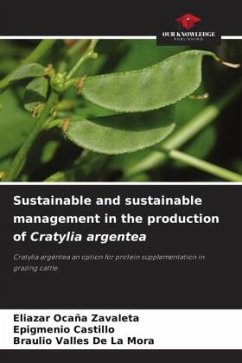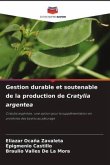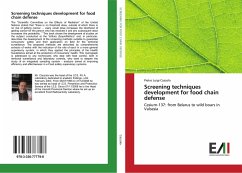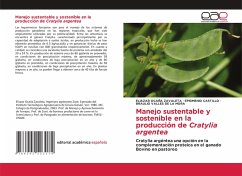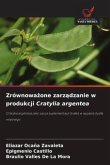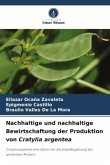Forage legumes are for the management of livestock production systems in tropical regions, which have been widely used for their potential. Among the shrubs is the Cratylia genus, characterized mainly by its ability to adapt to acid soils. In milk production, averages of 6.5 kg/cow/day have been obtained, and in daily weight gain (DWG) in heifers with 800 g/animal/day, respectively. In terms of quality, it is considered an excellent source of protein with around 20 to 24%. In dry matter production of 86 g/plant on average, in conditions of maximum rainfall, of approximately 58 g/plant, in conditions of low rainfall in one year and of 86 g/plant on average, in conditions of maximum rainfall, of 58 g/plant, in conditions of low rainfall in one year. In plants older than one year, about 40 t/ha of fresh forage can be obtained.
Bitte wählen Sie Ihr Anliegen aus.
Rechnungen
Retourenschein anfordern
Bestellstatus
Storno

